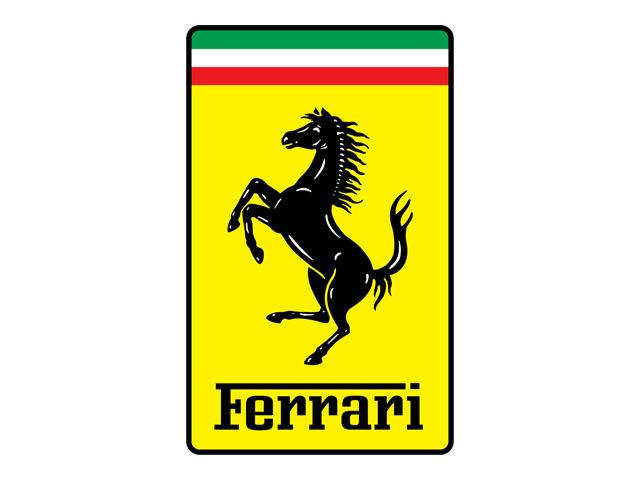1950 Ferrari 166 Formula One

The descriptions of the Classic Cars in the Directory were partly generated or supplemented with the help of artificial intelligence (AI). The content may occasionally not always be entirely accurate or factually correct despite careful checking.
The Ferrari 166 Formula One 1950 is a legendary racing car that was a game changer in the motorsport world. The car was introduced in 1948 and helped Ferrari dominate the World Championship in the early 1950s. It was the first ever Ferrari Formula One car to be produced and was built to compete in the nascent Formula One racing series. The car boasted some of the most advanced technical features of its time, making it a poster child of performance and speed.
The Ferrari 166 Formula One 1950 was powered by a 2.0-liter V12 engine that was built entirely in-house by Ferrari. It delivered a remarkable 180 horsepower and revved up to 8,000 revolutions per minute. The engine's max output was achieved thanks to the double overhead camshaft design, which allowed for faster valve timing and improved airflow. The engine was also equipped with a dry-sump lubrication system, which helped ensure that the engine received adequate lubrication even during high-speed racing.
The car's chassis was made of a lightweight tubular frame that provided both stiffness and safety. The frame was composed of high-quality steel, which was then welded and brazed together to form a strong and rigid structure. The suspension system was equally impressive, with the front and rear suspension featuring double wishbones that were individually adjustable for camber and caster. The suspension was also equipped with hydraulic shock absorbers, making it possible for the car to achieve high speeds with excellent ride quality.
The car's aerodynamic design was also a marvel of engineering. The 166 Formula One's body was designed with a smooth and aerodynamic profile, which helped reduce drag and improve downforce. The car's nose was notably long, with a distinctive oval grille that allowed air to flow through to the radiator. The body was made of lightweight aluminum, which helped keep the car's weight to a minimum.
The Ferrari 166 Formula One 1950 was fitted with four-wheel disc brakes, which were a significant advancement over the drum brakes used on earlier racing cars. The disc brakes were more efficient and less prone to brake fade, allowing the driver to maintain maximum braking performance during a race. The car was also equipped with an advanced gearbox, which featured four speeds and a high-performance clutch. The gearbox was installed as a transaxle, which helped balance the car's weight distribution and improve handling.
Overall, the Ferrari 166 Formula One 1950 was an engineering masterpiece. It had an impressive array of technical features, including a powerful V12 engine, a lightweight tubular frame, advanced suspension, and aerodynamic design. The car set new standards in race car engineering and was instrumental in establishing Ferrari as a dominant force in Formula One racing. Its legacy lives on today as a symbol of innovation, performance, and excellence in motorsport.
Milestones
- Ferrari 166 Formula One car is introduced - Scuderia Ferrari enters the car into the 1950 Monaco Grand Prix - Ferrari 166 becomes the first car to win a race in the newly-formed Formula One World Championship at the British Grand Prix - The car also triumphs at the Swiss, French and Italian Grand Prix events - By the end of the season, Scuderia Ferrari wins the inaugural Formula One Constructors' World Championship with the Ferrari 166 Formula One as their primary car.Technical
- Engine: 2.0 L V12 - Power: 230 hp @ 7,200 rpm - Torque: N/A - Transmission: 5-speed manual - Top speed: 185 mph - Weight: 600 kg - Wheelbase: 2,282 mm - Suspension: Double wishbone front, De Dion rear - Brakes: Drum brakes all around - Fuel capacity: 140 L - Tyres: Pirelli Cinturato - Chassis: Tubular steel spaceframe - Bodywork: Aluminum body panels - Dimensions: 3,700 mm (L) x 1,520 mm (W) x 960 mm (H) - Production years: 1950-1951 - Number of units produced: 8 (including one prototype)